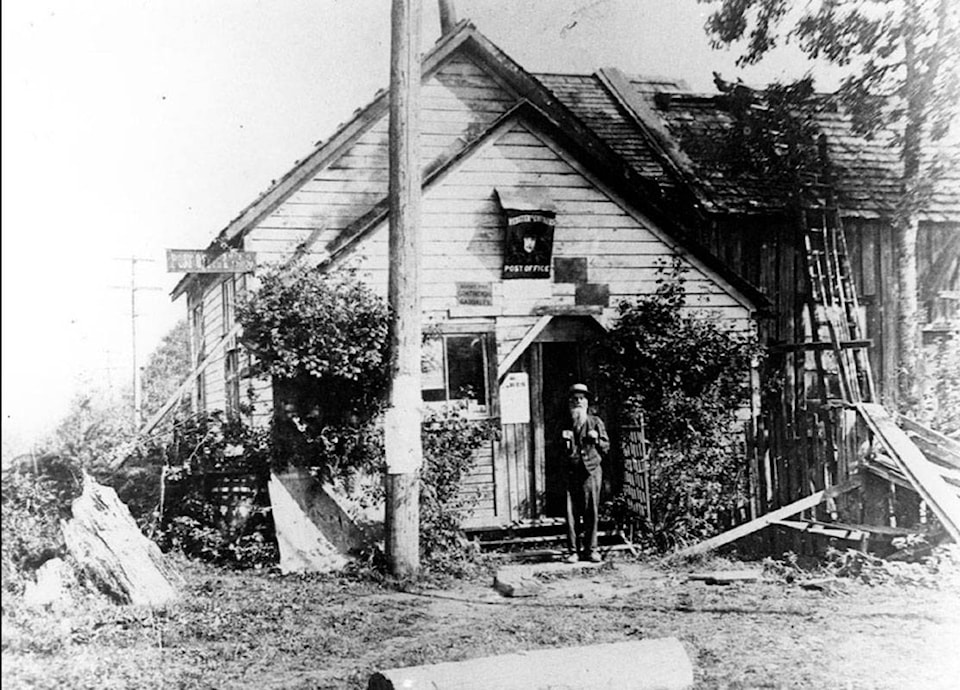Earlier this month, staff at the Maple Ridge Historical Society attended the Canadian Museum Association conference that took place in Vancouver.
The theme, “No Museum is an Island: Mobilizing Resources, Building Capacity,” touched on many different topics, but one similar thread through it all was the idea of storytelling and taking the lead from small museums, and bringing those core values to larger institutions.
Storytelling allows us to digest information more easily as it connects that information to emotions. It is an important and effective way of teaching, as it’s a way for people to easily remember, and it helps people to relate to one another through shared experiences.
History comes alive through the human stories as grand narratives are not possible, nor are they desirable. People want something more tangible, and history can be a portal to a shared experience.
In studying history, is it important to have the big-picture narrative, and often those tiny details that resonate. Local history contains a wealth of facts and stories that help reveal how societal changes impacted the lives of ordinary people.
City and street names, for example, can reflect the long heritage of past generations where you live. Historically, the name Maple Ridge applied first to the farm owned by early European settler John McIver, who took up 160 acres of choice Fraser River front land in 1860, naming his property for the broad leafed maple trees that stood along the top of the steep river bank.
McIver led the movement to have Maple Ridge incorporated as a municipality in 1874.
Learning the stories of a region’s past can change the way you think about the present. Knowing the origins of names can change the way we think about the present.
Knowing they are linked to individuals, people who helped shaped the community is a reminder that history is all around you, and contains fascinating information that is worth finding and preserving.
One of the more amusing tales is about street names and neighbourhood comes from Webster’s Corners, which took its name from its first postmaster – James Murray Webster.
He established his homestead in 1882, and the final ‘s’ on “Corners” is significant, as a cross-street was a significant find in the 1880s.
A person who lived on a jog in the road (where the road followed section lines around a 90 degree corner), might find their name applied to a “corner,” yet in order to qualify for “corners,” you had to have four of them – a full intersection and nothing less.
This was a mark of distinction that was not lost on Mr. Webster, who was reportedly fond of standing out in the middle of “his” intersection to dispense the mail.
Next time you are standing at the corner to cross the street looking up at the name on the signpost, and if it the name or area piques your interest, come visit the Maple Ridge Museum and we will be happy to share some stories with you.
No matter how different you are, you have a shared history in the city that you live in.
Allison White is the curator of the Maple Ridge Museum.
